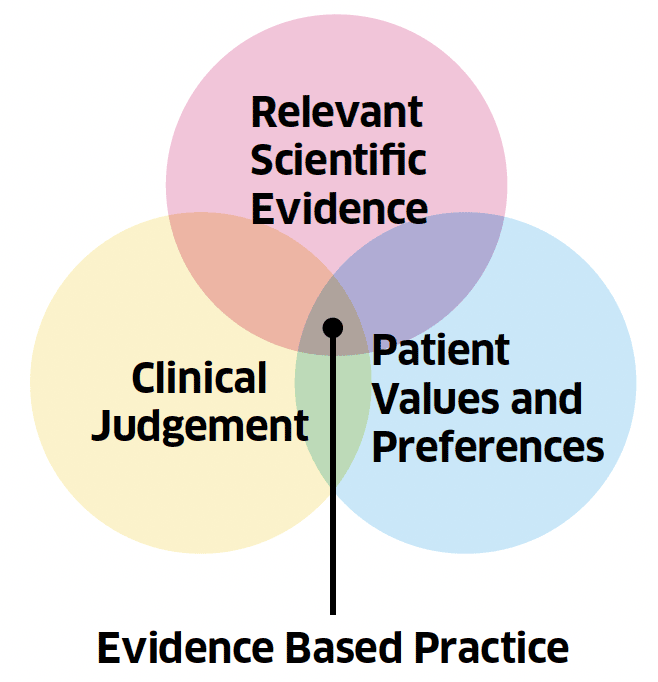Delivering value based health and care: a vision for Scotland
Sets out the challenges our system is facing and how practising Realistic Medicine can deliver a more sustainable system. It includes six commitments on what we’ll do to support health and care professionals deliver care that people value.
2. Introduction
Now, more than ever, there needs to be a focus on ensuring services are used equitably and sustainably in order to meet the needs of the people of Scotland – as well as those of our future generations.
As our system recovers from the pandemic our primary focus must continue to be on achieving outcomes that matter to the people we care for. We know that low quality care is of low value, but high quality care is not necessarily of high value, if the care is given to people who will not benefit. Low value care is defined as services that are medically unnecessary and provide no health benefits to people. In some cases, low value care may be harmful to the people we care for and lead to further unnecessary testing or treatment.
We must work in partnership with people to agree and deliver interventions that really make a difference. At the same time, we must practise in a sustainable and cost-effective way. This is at the core of VBH&C and it is by practising Realistic Medicine that we will deliver it. It involves health and care colleagues, listening to the people we care for, to consider whether a treatment or an investigation is going to be of value to them. By discussing the evidence, the risk and the benefits of available tests and treatment options, we will be able to optimise the impact and use of our health and care resources.
We also need to improve the environmental impact of the way we provide care. There is an urgent need to act to address the climate emergency. In line with the rest of society, Scotland's health and care system must accelerate efforts to cut greenhouse gas emissions and become environmentally sustainable.
We know too that some treatments are underused which can lead to inequity of access to services. At the same time, some treatments are overused, and this can lead to waste. Over-investigation and overtreatment lead to low value and sometimes futile treatments, more potential harm and more patient regret. There has never been a more important time to change the way we practise.
VBH&C aims to foster a culture of stewardship where health and care colleagues take responsibility for the resources they use, practise shared decision making and tackle unwarranted variation, in order to provide better value care. Health and care colleagues aspire to deliver care that people really value and if we can support them to deliver it, we expect to increase job satisfaction as well as deliver better outcomes.
This vision paper is the first articulation of what VBH&C means in Scotland, why it is important and how it presents us with an incredible opportunity to deliver more equitable and sustainable care.
Definition of Value Based Health & Care
Definition
Value Based Health & Care delivers better outcomes and experiences for the people we care for through the equitable, sustainable, appropriate and transparent use of available resources.
Countries across the world are looking at what VBH&C means to them and how it can help deliver better value care.
The definition of VBH&C for Scotland is based on the primary principle of person centred care - care that is not only high in quality but also delivers the outcomes and experiences that really matter to people, defined by and reported by them. In addition, VBH&C seeks to reduce the waste, harm and unwarranted variation that exist across our health and care system.
Furthermore, the equitable distribution of resources is key to delivering VBH&C. According to the Inverse Care Law, those who most need medical care are least likely to receive it. Conversely, those with least need of health care tend to use health services more.
The UK Academy of Medical Royal Colleges states that quality care includes avoiding waste and promoting value, as wasted resources impact on our ability to provide the interventions that make a difference.
Examples of low value care include prescribing of branded drugs where generic drugs are equally effective, or the use of a surgical approach to musculoskeletal problems when physiotherapy will deliver better outcomes with less risk. In many instances a non-medical intervention, for example weight loss or stopping a harmful behaviour, such as smoking, may be the best choice. That is why Evidence Based Practice sits at the heart of VBH&C.
Evidence Based Practice
Evidence Based Practice (EBP) combines a practitioner's experience, education and skills with patient's values and preferences, and the best available research evidence to guide people to make an informed choice about their care. EBP seeks to deliver outcomes that matter to the people we care for, as well as the wider population through shared decision making and person centred care.

Graphic text below:
Evidence Based Practice
- Relevant Scientific Evidence
- Patient Values and Preferences
- Clinical Judgement
Contact
Email: RealisticMedicine@gov.scot
There is a problem
Thanks for your feedback